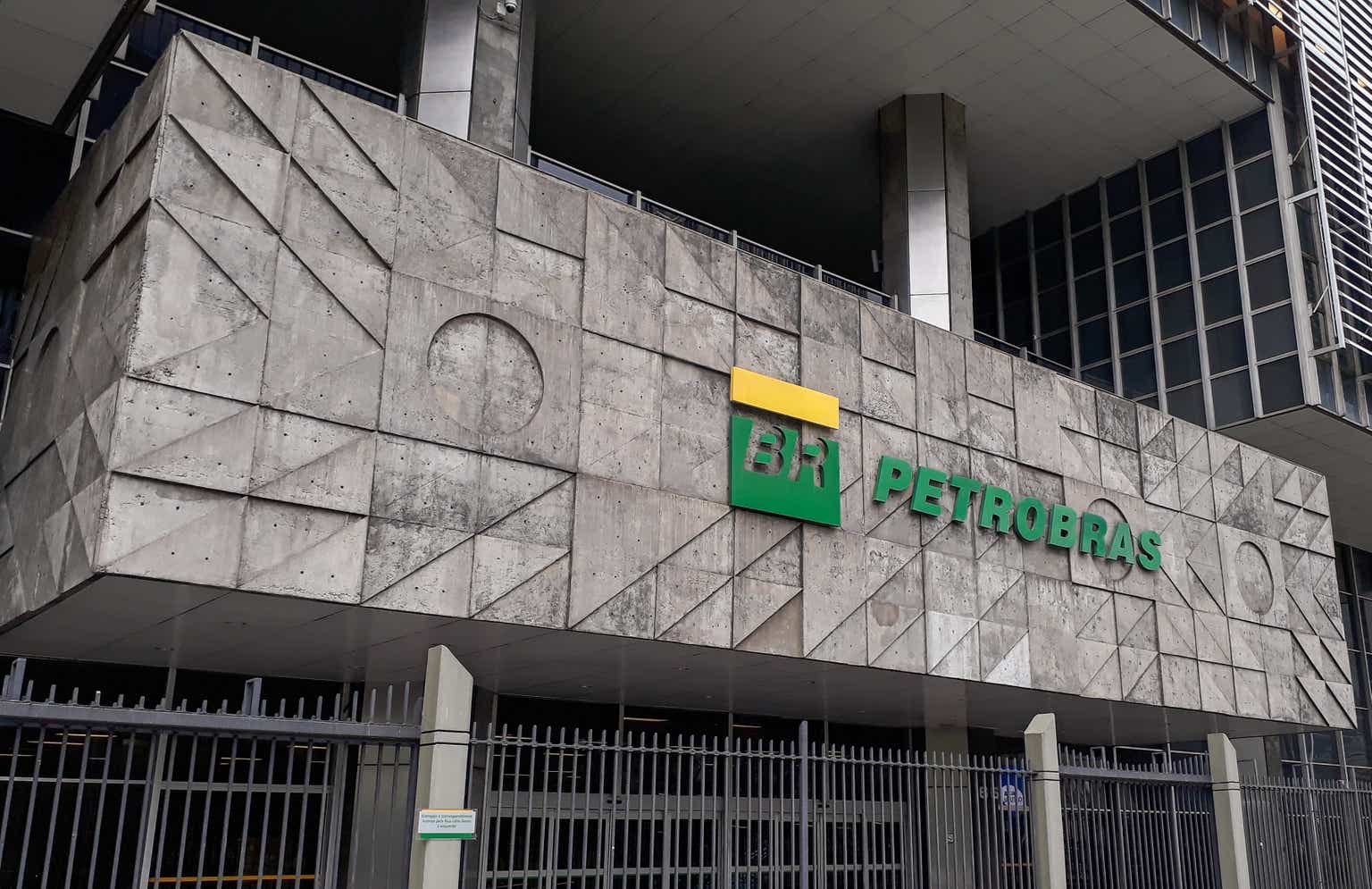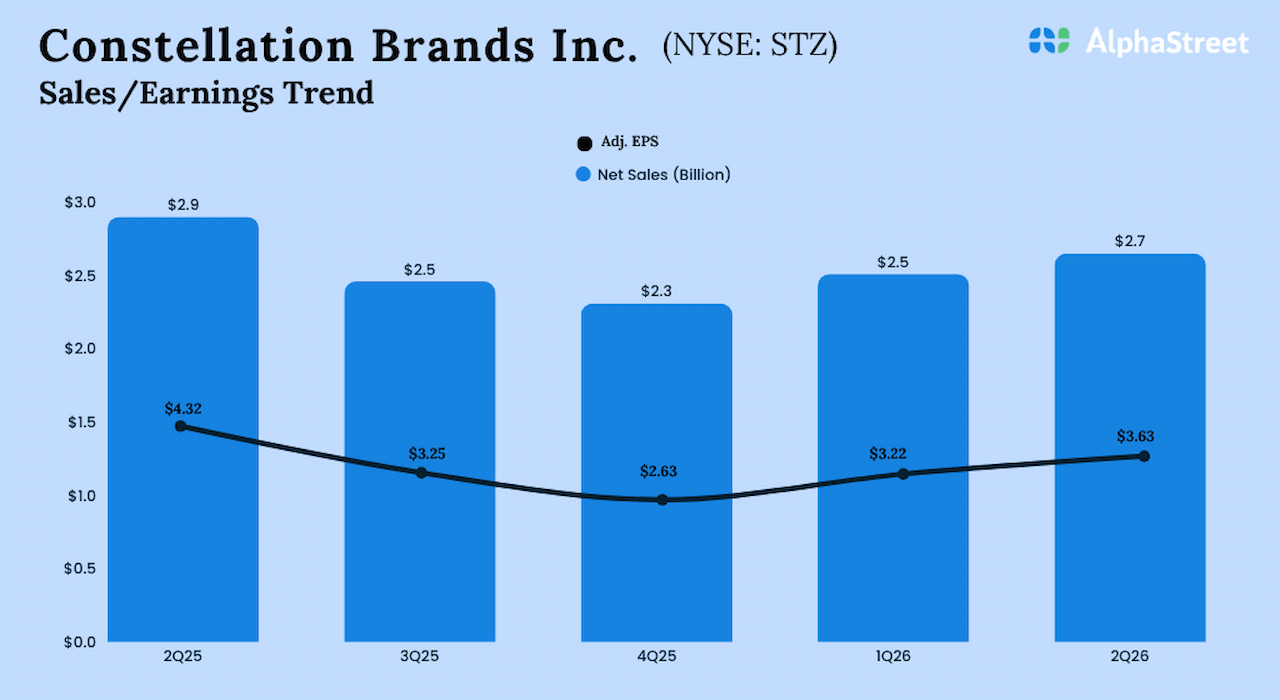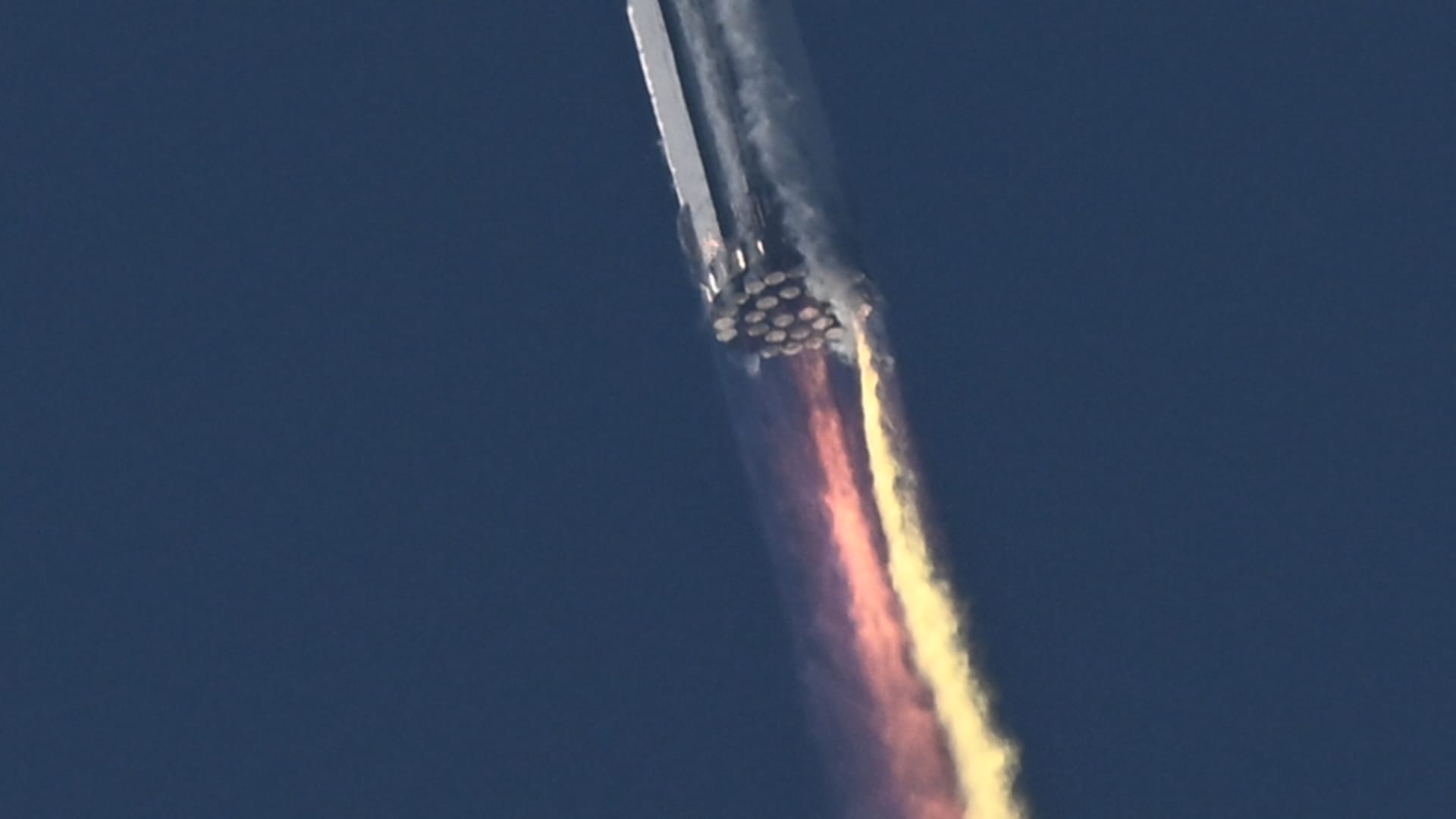The SpaceX Starship lifts off from the launchpad during a flight test from Starbase in Boca Chica, Texas, on April 20, 2023.
Patrick T. Fallon | Afp | Getty Images
Elon Musk expects SpaceX to spend about $2 billion on its Starship rocket development this year, as the company pushes to build on its first launch earlier this month.
“My expectation for the next flight would be to reach orbit,” Musk said, speaking during a discussion on Twitter Spaces on Saturday.
While SpaceX does secondary rounds about twice a year, to give employees and other company shareholders a chance to sell stock, Musk said the company does “not anticipate needing to raise funding” to further bolster the Starship program and its other ventures.
“To my knowledge, we do not need to raise incremental funding for SpaceX,” Musk said.
As for the dramatic first fully stacked Starship rocket launch on April 20,” the SpaceX CEO said, “The outcome was roughly in what I expected, and maybe slightly exceeding my expectations.”
Sign up here to receive weekly editions of CNBC’s Investing in Space newsletter.
SpaceX has multiple further prototypes in various stages of assembly and aims to launch the next attempt at reaching space with the towering rocket within a few months.
“The goal of these missions is just information. Like, we don’t have any payload or anything — it’s just to learn as much as possible,” Musk said.
He put the probability of reaching orbit with a Starship flight this year at “probably” 80%, but espoused that he thinks there is a “100% chance of reaching orbit within 12 months.”
Launch review
Starship launches for the first time on its Super Heavy booster from Texas on April 20, 2023.
SpaceX
The Starship flight got off the launchpad and achieved several milestones, but Musk gave more details on a variety of the problems the rocket suffered.
The rocket took off with only 30 of the 33 Raptor engines ignited at the base of the Super Heavy booster. Musk said SpaceX “chose not to start” three engines, as they were not “healthy enough to bring them to full thrust. Starship slid laterally off the launchpad as it climbed into the sky, which Musk said was “because of the engine failures.”
About 27 seconds into the flight, SpaceX “lost communications” with another engine — an incident that happened “with some kind of energetic event” that removed the heat shield around several other engines. “Things really hit the fan” around 85 seconds into the launch, when SpaceX lost “thrust vector control” — or the ability to steer the rocket.
Additionally, Musk reported that it took about 40 seconds for the rocket’s AFTS (Autonomous Flight Termination System, which destroys the vehicle in the event it flies off course) to kick in, which SpaceX will need to correct before the next launch attempt.
The strongest part of the rocket’s performance was how well it held together, including passing through a launch milestone called “Max Q,” or the moment when atmospheric pressure is strongest on the rocket.
“The vehicle’s structural margins appear to be better than we expected, as we can tell from the vehicle actually doing somersaults towards the end and still staying intact,” Musk said.
Looking forward, Musk said SpaceX has “made so many improvements” to future prototypes. The company needs to ensure “that we don’t lose thrust vector control” with the next launch.
‘Rock tornado’
Members of the public walk through a debris field at the launch pad on April 22, 2023, after the SpaceX Starship lifted off on April 20 for a flight test from Starbase in Boca Chica, Texas.
Patrick T. Fallon | Afp | Getty Images
Back on the ground, Musk said the booster created a “rock tornado” underneath the rocket as it was lifting off. While SpaceX has not seen “evidence that the rock tornado actually damaged engines or heat shields in a material way,” Musk noted that the company “certainly didn’t expect” to destroy the launch pad’s concrete and create a crater in its wake.
“One of the more plausible explanations is that … we may have compressed the sand underneath the concrete to such a degree that the concrete effectively bent and then cracked,” Musk said.
A priority for the next flight will be starting the 33 Raptor engines “faster and get off the pad faster,” Musk said. It took about five seconds for SpaceX to start the engines and launch the rocket, which Musk noted “is a really long time to be blasting the pad.” The company aims to cut that time in half for the next attempt.
A dust cloud grows underneath Starship as the rocket launches on its Super Heavy booster from Texas on April 20, 2023.
SpaceX
Photos of the aftermath have shown the violent result of the Super Heavy booster’s engines. A report from the U.S. Fish and Wildlife Service said the launch flung concrete and metal “thousands of feet away” and created a cloud of dust and pulverized concrete that fell as far as 6.5 miles from the launch site.
On Saturday, Musk said “the pad damage is actually quite small” and should “be repaired quickly.” He estimated the needed repairs mean SpaceX will be “probably ready to launch in six to eight weeks.” SpaceX will replace some of the propellant tanks near the launchpad. The 500-foot tall tower “is in good shape,” with “no meaningful damage” even though it was struck by “some pretty big chunks of concrete.”
Musk believes the biggest hurdle to flying again “is probably requalification” of the AFTS that destroyed the rocket, since “it took way too long” to detonate.
SpaceX is moving forward with a plan to put steel plates, which will be cooled by a water system, underneath the launch tower for the next Starship rocket.
Environmental activists and researchers have raised alarms about the cloud of pulverized concrete and dust that the launch created. Musk argued that the debris was “not toxic at all,” but said that “we don’t want to do that again.”
“To the best of our knowledge there has not been any meaningful damage to the environment that we’re aware of,” Musk said.








































